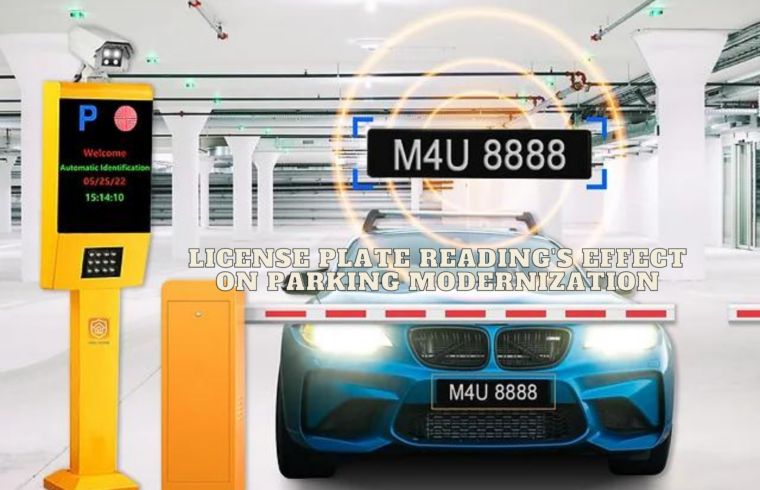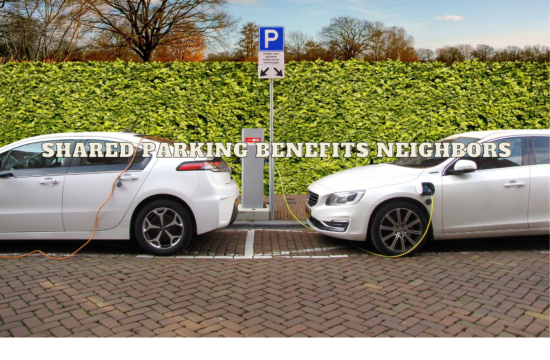New technology is always evolving, and the story is no different in the world of parking. For years, new tools have been in development to help make parking safer, more secure, and easier than ever before. Now, License Plate Reading (LPR) technology is commercial-ready and being deployed in cities across America. So what is LPR and how might it benefit parkers and parking managers alike? Continue reading below to find out how license plate reading technology is changing parking.
Cracking the LPR Code
Decoding License Plate Reading (LPR) technology reveals its benefits in parking. Swift gate entry and exit save time. Accurate tracking ensures fair billing. Enhanced security keeps premises safe. For parking management, LPR streamlines operations, increases efficiency, and boosts revenue.
Positives for People Using Parking
License Plate Reading (LPR) technology streamlines parking for users. Seamless entry and exit reduce hassle. Accurate billing prevents overcharges. Enhanced security ensures a safer experience. LPR simplifies parking management, enhancing user satisfaction and operational efficiency while providing better control over the parking area.
Positives for People Managing Parking
License Plate Reading (LPR) technology benefits parking administrators by automating processes. It eliminates manual ticketing, reducing labor costs. Real-time data collection improves decision-making. LPR enhances security by tracking vehicles. Operational efficiency increases, leading to higher revenue. Improved user experience and reduced errors contribute to better management and customer satisfaction.
LPR in Real-World Use
LPR transforms parking management. It streamlines entry and exit, reducing congestion. Automated payment systems enhance efficiency. Real-time data aids decision-making. Enhanced security prevents unauthorized access. LPR boosts revenue by optimizing space and reducing fraud. Overall, it offers a seamless, convenient, and secure parking experience for users and administrators alike.





